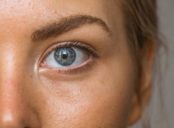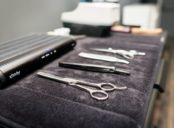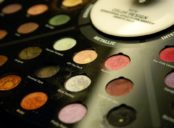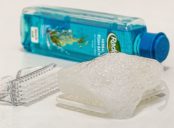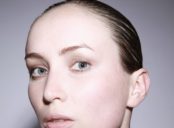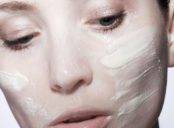Full Coverage Foundation: A Comprehensive Guide for Flawless Makeup Application
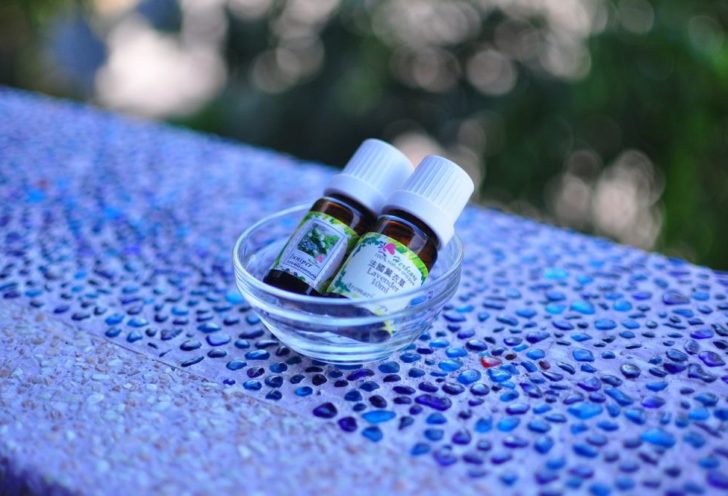
Introduction:
When it comes to achieving a flawless complexion, the role of foundation is undeniably significant. Full coverage foundation, in particular, offers a comprehensive solution for those seeking a flawless base that conceals imperfections and provides a long-lasting finish. In this article, we will explore the world of full coverage foundation, its various types, popular choices, quantitative measurements, differences between different formulas, and a historical overview of their pros and cons.
What is Full Coverage Foundation?
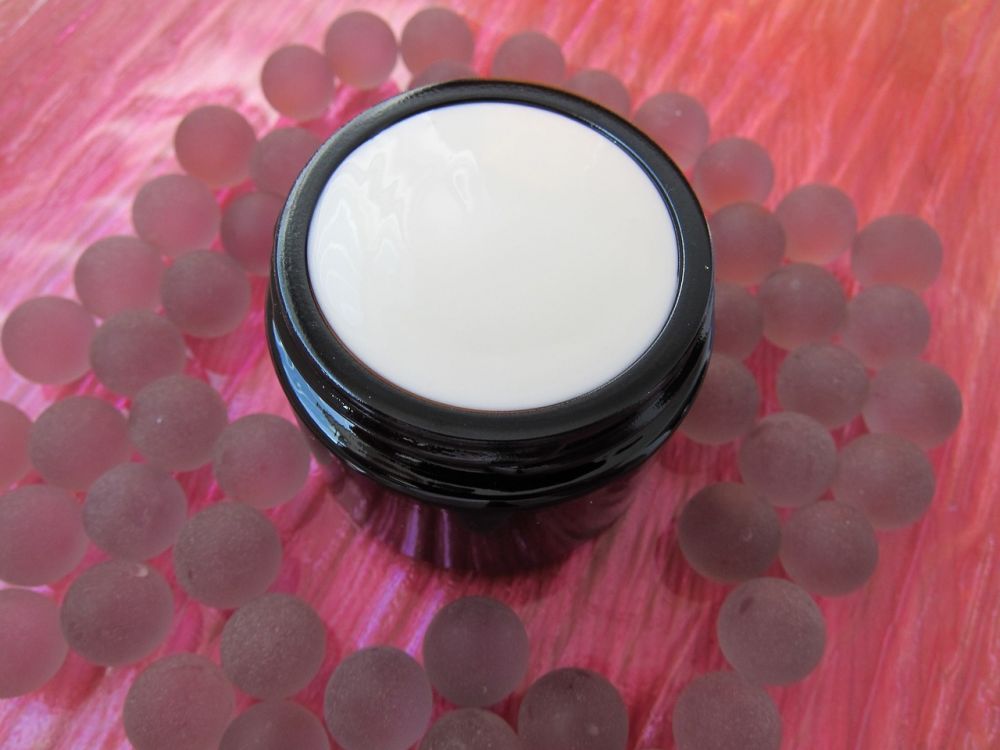
Full coverage foundation is a type of makeup product designed to provide maximum coverage for blemishes, uneven skin tone, and other imperfections. Unlike lighter formulas, full coverage foundation is highly pigmented and can effectively disguise even the most stubborn discolorations. It creates a smooth canvas for further makeup application, resulting in a flawless and immaculate finish.
Types and Popular Choices
1. Liquid Full Coverage Foundation:
– Liquid full coverage foundations are popular due to their versatility and ease of application. They come in a range of formulas, from lightweight to thick, catering to different preferences.
– Popular liquid full coverage foundations include brands like Fenty Beauty Pro Filt’r Soft Matte Longwear Foundation and Estée Lauder Double Wear Stay-in-Place Foundation.
2. Cream Full Coverage Foundation:
– Cream foundations offer excellent coverage and are often favored by those with dry or mature skin. They provide a moisturizing effect while delivering a flawless finish.
– Popular cream full coverage foundations include Make Up For Ever Ultra HD Invisible Cover Foundation and Kevyn Aucoin The Sensual Skin Enhancer.
3. Powder Full Coverage Foundation:
– Powder foundations are ideal for those with oily or combination skin. They provide a matte finish and offer buildable coverage, making them suitable for touch-ups throughout the day.
– Popular powder full coverage foundations include MAC Studio Fix Powder Plus Foundation and BareMinerals Original Loose Powder Foundation.
Quantitative Measurements
Quantitative measurements can help determine the effectiveness and coverage of full coverage foundations. Consider the following factors when selecting a product:
1. SPF Level:
– Many full coverage foundations offer sun protection, and the SPF level indicates the degree of protection against harmful UV rays.
– Opt for a higher SPF level, such as SPF 30 or above, for added sun protection.
2. Pigment Concentration:
– The pigment concentration reflects the intensity of color and coverage provided by the foundation.
– Look for foundations with higher pigment concentrations for better coverage of imperfections.
3. Longevity:
– The longevity of a full coverage foundation refers to its ability to maintain coverage throughout the day without fading or breaking down.
– Consider foundations labeled as long-wearing or transfer-resistant for extended coverage.
Differences Between Full Coverage Foundations
While all full coverage foundations aim to provide maximum coverage, they can differ in their formulations and specific features. Here are some key differences to consider:
1. Finis
– Full coverage foundations may offer a matte, satin, or dewy finish. Matte finishes are ideal for oily skin, while dewy finishes provide a luminous glow.
2. Formulation:
– Some full coverage foundations are oil-based, providing hydration to dry skin types. Others may be water-based, offering a lightweight feel for oily or acne-prone skin.
3. Skin Concerns:
– Different full coverage foundations may target specific skin concerns, such as acne-prone skin, redness, or aging. Consider foundations that address your specific needs.
Historical Overview of Pros and Cons
Full coverage foundations have evolved over time, and with advancements in technology, their pros and cons have also evolved. Let’s take a brief historical overview:
1. Pros of Full Coverage Foundation:
– Provides maximum coverage for a flawless complexion.
– Conceals blemishes, acne scars, redness, and other imperfections.
– Creates a smooth canvas for makeup application.
– Long-lasting formulas ensure makeup stays intact throughout the day.
2. Cons of Full Coverage Foundation:
– Heavy formulas may feel uncomfortable on the skin, especially during hot weather.
– Higher coverage may accentuate fine lines and wrinkles.
– Some formulas may clog pores or cause breakouts.
– Finding the perfect shade match can be challenging for some individuals.
[Embed a video demonstrating how to apply full coverage foundation for a flawless finish]
Conclusion:
Full coverage foundation offers a comprehensive solution for achieving a flawless complexion. With numerous types and popular choices available, it’s essential to consider quantitative measurements, differences between formulas, and historical pros and cons when selecting the perfect foundation for your needs. By understanding the intricacies of full coverage foundation, you’ll be well-equipped to achieve a flawless base for your makeup endeavors.


